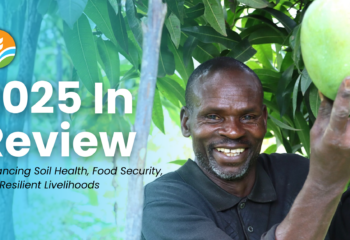New research published by the University of Minnesota shows that reallocating croplands away from fuels and animal feed to food grown primarily for human consumption could boost food available for people by 70 percent without clearing more land. “We essentially have uncovered an astoundingly abundant supply of food for a hungry world, hidden in plain sight in the farmlands we already cultivate,” says graduate research assistant Emily Cassidy, lead author of the paper published in Environmental Research Letters. “Depending on the extent to which farmers and consumers are willing to change current practices, existing croplands could feed millions or even billions more people.” Read the entire news release here.
Stories like this are made possible
by strong partnerships.
Join us in scaling solutions for food security




